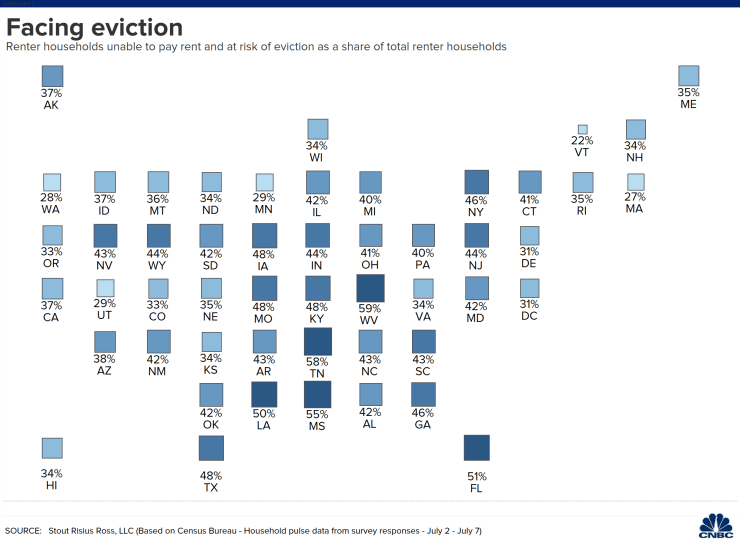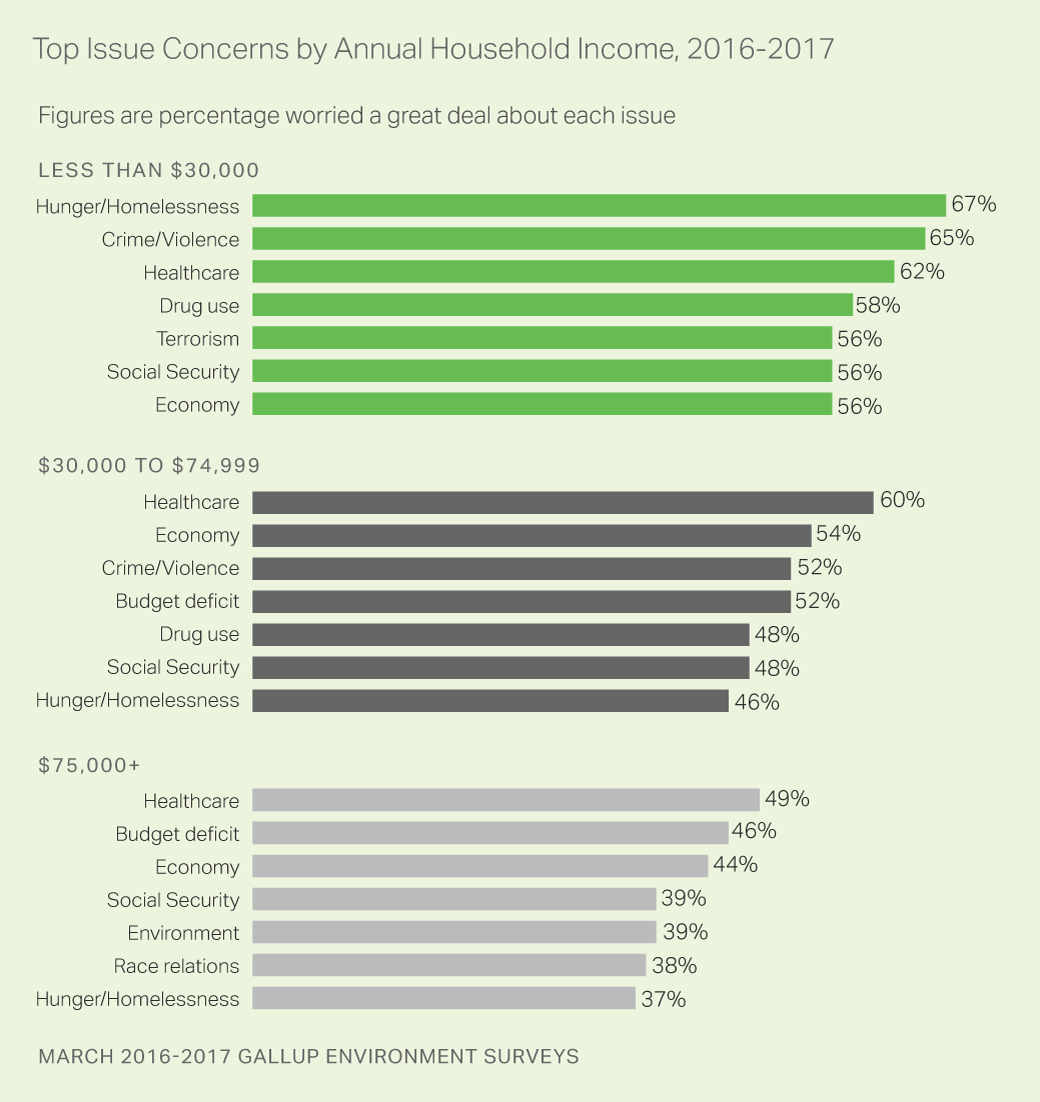The Daily Escape:

Mt. Adams sunrise with orchards in bloom, WA – May 2023 photo by Mitch Schreiber Photography
(Wrongo and Ms. Right give a group hug to family member Bob W. His mother has a grave health crisis. We’re thinking of you Bob.)
There’s a book called “A Terrible Country” written in 2018 by Keith Gessen. It’s about life in Russia a few years before Russia became a pariah in Europe. But the title could easily describe the US in 2023. If you doubt that, maybe you aren’t aware of the video of a NYC subway rider choking a homeless man to death last week. The video lasts for four minutes.
The NYT describes the video:
“The homeless man, Jordan Neely, is seen writhing, trying to get free from the arms and legs of the other subway riders who are pinning him down. As the minutes tick by early Monday afternoon on a northbound F train in Manhattan, Mr. Neely visibly weakens as the arm wrapped around his neck stays tight.”
After he stops moving, the riders hold him down for about another 50 seconds. Neely was later pronounced dead at a nearby hospital. Jordan Neely was homeless. He was a Michael Jackson impersonator. Neely’s race (Black) and that of his killer (White) are a depressingly familiar story. What’s different is that his assailant wasn’t a cop and didn’t use a gun.
What’s also familiar is that the assailant has not been charged by the NYPD.
What’s also disturbing is that the subway car held bystanders most of whom remained bystanders, watching a former Marine choke the life out of Neely for (apparently) behaving erratically.
After the fact, we learned that Neely had more than 40 arrests including an open warrant for punching a 67 old woman. No one should portray him as simply a misunderstood soul. But did he deserve to die in that subway car?
If you’ve been paying attention, you know that there’s been news nearly every day about Americans being killed over mundane, mostly non-threatening actions, or for being in the wrong place at the wrong time.
“We are at something of an impasse. The list of things that can get you killed in public is expanding every single day. Whether it’s mass shootings or police brutality or random acts of violence, it only takes running into one scared man to have the worst and likely last day of your life. We can’t even agree on right and wrong anymore.”
How did the country get this way? Why is there so much fear and paranoia about the “other”? Why do select elements of our society cultivate this fear by marketing it?
Neely’s killing is partly an outcome of the relentless political rhetoric that has contributed to the public’s false beliefs about actual crime levels in America’s cities. And NYC’s Mayor and NY’s Governor wouldn’t even condemn the killer. Elizabeth Bruenig writes in The Atlantic:
“This process, through which mundane uncomfortable situations are transformed into terrifying ordeals by…incidents of random gun violence…is one means by which a healthy community becomes a violent society. Nobody looks forward to encountering people behaving erratically on the subway…but killing a mentally ill man on a train….represents the loss of a peaceful commons, the absence of compassion, and the overwhelming fear we have come to accept in our culture of violence. This is the country we have become.”
Yep, we’ve become a terrible country. Back to Roxanne Gay:
“There is no patience for simple mistakes or room for addressing how bigotry colors even the most innocuous interactions. There is no regard for due process. People who deem themselves judge, jury and executioner walk among us, and we have no real way of knowing when they will turn on us.”
And on Thursday, four of the Proud Boys, among paranoia’s finest, were convicted of committing vigilante justice against our democracy. Let’s leave the final words to Gay, who says we’ve become:
“…a people without empathy, without any respect for the sanctity of life unless it’s our own…”
Or fetuses.
Time for Wrongo to wash up after digging in this cultural dirt. It’s time for our Saturday Soother where we try to forget about whose drones hit the Kremlin, and try to center ourselves before another demanding week begins,
Here at the Mansion of Wrong, Wrongo and Ms. Right are spending the weekend in NYC seeing two musicals.
But as a public service to the rest of you, grab a seat outdoors on what looks like a beautiful day in the northeast. Now watch and listen to Erzsébet Pozsgai play the first movement of “Spring” from the “Four Seasons” by Antonio Vivaldi on solo violin, live in Budapest in 2013:




